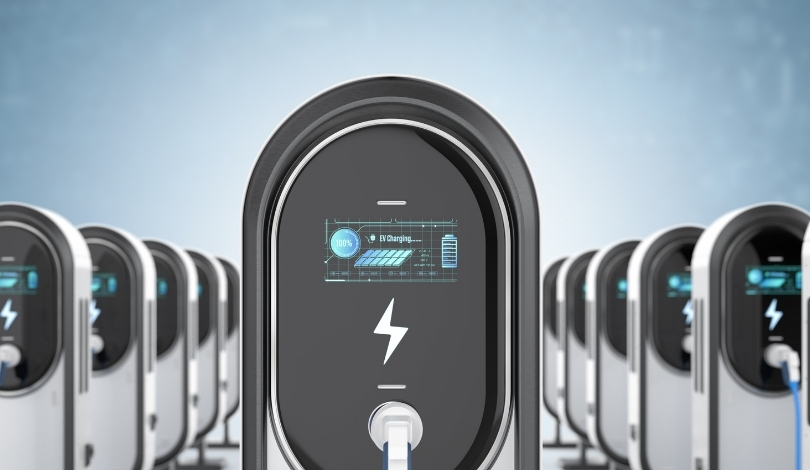Four years after committing to a comprehensive transition to electric vehicles (EVs) by 2040, Uber has ramped up its efforts to replace its gas-powered fleet. The company operates over 140,000 EVs, facilitating around 500 EV rides per minute. Despite this progress, CEO Dara Khosrowshahi stated, “Frankly, we need to increase that,” emphasizing the urgency of expanding the EV initiative during remarks at the Concordia Summit in New York.
What additional commitments has Uber made toward sustainability?
As part of its ongoing sustainability effort, Uber has pledged to achieve zero emissions in the U.S., Canada, and Europe by 2030. This ambitious goal is supported by a $800 million investment aimed at implementing various programs, including higher pay for drivers completing EV rides. According to Khosrowshahi, “An EV driver is making more on every single trip, and it’s coming from our pockets because, without investment, the innovation is impossible.”
How is Uber assisting drivers in transitioning to electric vehicles?
Uber enhances its offerings by providing significant discounts to drivers purchasing EVs from partners like AutoNation and Tesla. The company further reduces costs through charging incentives and programs, acknowledging current affordability challenges. Khosrowshahi noted, “the affordability is not quite where it needs to be,” underlining the need for accessible solutions for drivers embracing EVs.
What strategies is Uber employing to address driver concerns about EVs?
Addressing common driver anxieties related to charging logistics, Uber has developed a smart charging feature. This tool guides drivers on optimal charging times and locations, thereby maximizing efficiency and minimizing downtime. Collaborations with local charging providers, such as Its Electric and Revel, aim to improve the accessibility of charging infrastructure in urban areas.
Uber’s recent agreement with BYD to add 100,000 EVs across regions outside the U.S. further indicates the company’s commitment to expanding its green initiatives. Khosrowshahi has previously highlighted potential setbacks in the EV market due to reduced government incentives and manufacturer focus on premium models, stressing the need for concerted efforts from policymakers and businesses to reach zero-emission goals.
Uber continues to highlight its broader environmental initiatives beyond EV use. Khosrowshahi emphasized promoting ride-sharing as an effective method for reducing congestion and emissions. The overarching goal remains: “Affordable, sustainable, shared is what we’re trying to achieve.”
As companies like Uber endeavor to refine their environmental strategies, their approach to EV integration showcases a potential pathway for broader industry shifts. The ongoing focus on affordability and accessibility for drivers might lead to enhanced adoption of electric vehicles, ultimately paving the way for sustainable practices in urban transportation. Addressing driver concerns while forming strategic partnerships could establish a framework for other companies to follow as the demand for greener alternatives rises.










